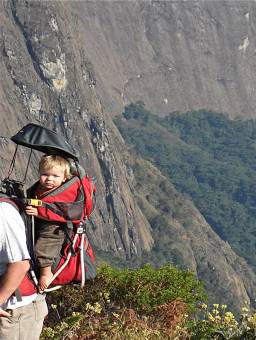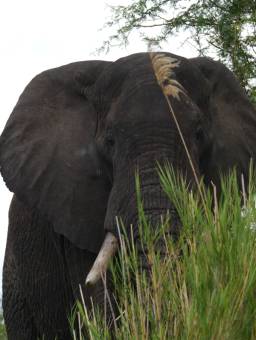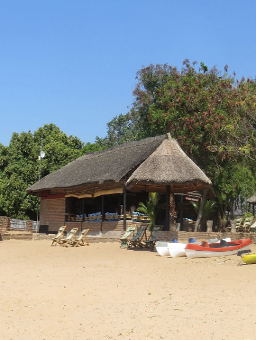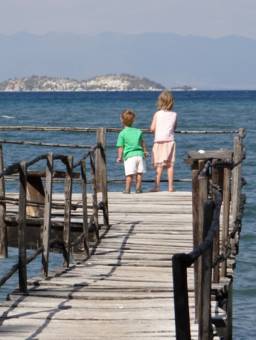This is an old blog post from I think June 2011. I see that some of my opinions have changed since then. However, the beauty and attraction of Zomba Plateau remains. I hope that you can appreciate the truthfullness of that claim despite the fact that we now offer road transfers with a driver to Zomba, among other places. So, of course I am biased when I say that you should visit Zomba...
Anyway - here is the old post
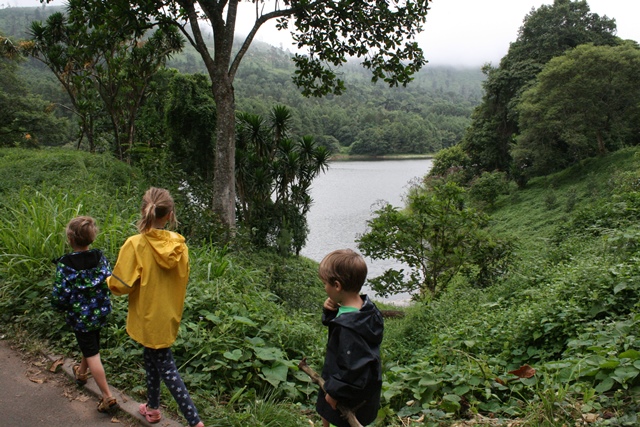 zomba plateau walk 4 Jan 2018 002
zomba plateau walk 4 Jan 2018 002
.................................................................
Knowing and remembering a lot of the details from the CCAP cottage gave me some confidence in the accuracy of my memory of Zomba Plateau. That is relevant because a number of other things were puzzling for me. Quite a lot of things on Zomba Plateau would have me staring at them for a long time while I scratched my head. The first change that an old timer to Zomba Plateau notices is the road up. The road up to the plateau is NOT the Up Road. Instead, after the sawmill and a barrier you take a right and head up the Down Road. The Up Road is now closed to all but walkers (I am going to have to walk it and Kelvin said that hearing that you are not allowed to drive up it now for him is like a red rag to a bull). The new dam is very different to the old The second change an old timer notices (unless they are more observant) is that Mulunguzi Dam is very different. [The very observant will say "Where is Hyrax Corner?" as they head up the Down Road - Hyrax Corner was the place you would always stop or slow down on Down Road to see all the Hyraxes scurrying about or popping their heads up among the rocks. I remain mystified by this - I have not managed to get to the bottom of where Hyrax Corner has gone.] However, that was not the second thing I noticed as the 'new' Mulunguzi Dam stands out quite starkly when you first reach the plateau. The Mulunguzi Dam is now much bigger, and the old narrow barrier (dam) that you would precariously walk across with your hand being held by an adult - presuming that you are a child, has been replaced by a much wider larger dam. The view down to the stream below and through the gap towards Lake Chilwa in the plain below is familiar. The views up and around to the hills are similar but there are clearly fewer trees. All around is forested still but a lot have been chopped down and replaced with new trees not yet anywhere near maturity. On our one full day on the plateau (we stayed two nights) Amelia was feeling a bit sick and the others were content to relax at the cottage so I decided to go for a walk / explore by myself. Several things were already confusing me and I decided that the best way to get to the bottom of it was to systematically explore the plateau walks - starting with the most popular routes closest to the Mulunguzi stream and not far from Ku Chawe Inn and most of the cottages. The first thing to do I reasoned was to circumnavigate the new Mulunguzi Dam, on foot in an anti-clockwise direction and then walk up the stream. The first part was a breeze as you walk down from the CCAP cottage, past the stables (which I had forgotten about until I recognised the fences) and then over the new dam (paying 100 MK to the Malawi Water Authorities on the way). Aside - I had a conversation with one of the stable hands about hiring horses for a trot around the plateau. The conversation ended with me saying "And do you have Shetland Ponies for the children to ride?" "Yes" ...I felt quite relieved when taking this photo I nodded approvingly with a serious look on my face and grinned inwardly. Of course there are no Shetland Ponies here - what a ridiculous question. The far side of the dam has a pleasant grassy area and is clearly set up for picnics and BBQs. I walked on towards the top end of the dam and the inflowing Mulunguzi stream. Most of the journey was easy and followed a well worn path - but it felt unfamiliar, which was strange. From that side of the dam the only clearly recognisable thing was the side of the plateau that rises steeply up from where Ku Chawe Inn is (above the top of the Up Road). I concluded that the water level must be much higher than the old dam. Eventually the path turned right and up the hill into thick undergrowth. I checked out the waterside and concluded that it made no sense to do anything other than head uphill. The faintness of the path, the thickness of the undergrowth and the diversion from the planned route caused me to stop and for the first time consider a retreat. However, I pressed on and before too long reached a forestry road and turned left. I can't now remember exactly what happened next but somewhere on the road I turned left back towards my original target which were the waterfalls at the top of the dam. I discovered that I had a passenger Soon I was remembering the words of one of my dear cousins-in-law who had asked me what it was like in the 'jungle'. There is no jungle in Malawi I thought but this was as close as I'd got so far. I could not see the ground at all through the thick bush growing everywhere. At times I could sense from how far between my waist and over my head the 'plants' were growing whether I was about to stumble into a deep hole or clamber over an invisible rock. My thoughts turned briefly to snakes and leopards. Snakes would be no problem I concluded. At this altitude in Malawi the only snakes, as far as knew, were either pretty harmless or totally harmless to humans. It was just as well. I had prepared for the 'expedition' to Zomba Plateau with the seriousness that one gives to the 'challenge' of a Zomba Plateau stroll - I had forgotten to pack shoes. ...This used to be a beautiful nature trail - now overgrown All I had was a pair of sandals. We had had a discussion the previous day over whether wearing socks with sandals is 'British' but I authoritatively asserted that it was 'English'. One day later I didn't care and was slashing my way through the 'jungle' wearing soaked socks and...plastic sandals. There are, or should be (always have been and no reason for a change) leopards on Zomba Plateau. As a child on Zomba Plateau the rule of thumb was not to go for walks on your own on the grounds that leopards will not attack a group. Actually, it is highly unlikely that they will attack an individual so I unanimously changed the rule to 'don't let a child go for a long walk on his or her own around dusk or at night...in a remote area.' Actually, I think the risk is almost zero as I only know one leopard scare story (Silas Ncozana on Mulanje Mountain in the 1970s). I was too close to a area of the plateau associated with humans and I was sure that no mammal would be so daft as to try to work their way through this kind of bush. There was certainly no sign of animals paths here. Given the undergrowth and forest I would have got worried about getting lost if I was not guided by the sound of the waterfalls ahead. I was sure that once I got to the stream, or crossed it, I would find a path. Eventually, and progress was slow, I reached the stream. All I needed was a shallow enough part to walk across - my main concern would be to slip and jeopardise my wallet and local mobile phone. If I had taken my iPhone then I would certainly have crossed the stream in great fear. On the far side I was surprised to not find a path and was sure that it can't be far so continued on. I had already long passed the last of several decision points over 'proceed or retreat' and had always gone for 'proceed.' ....Mulunguzi River....Stream After a while I reached the road... So I turned right in an upstream sort of direction to find the start of the path. At last I found myself on a familiar path but it looked very overgrown and hardly used. Instead of the path going all the way up to the trout farm it emerged again on the forest track / road and I decided that the road bridge ahead was a good point to turn around. The others would probably be wondering what had become of me and I could at least feel confident that I was the first person to complete a tight 'circumnavigation' of Mulunguzi Dam for a number of years. (A couple of days later when I consulted with my mum on the phone she felt sure - as I did - that walking round Mulunguzi Dam was something quite normal). Back on the forestry road it looked as though I had suddenly been transported to the Home Counties in Merry Olde England as a ground of horsey people disappeared round a corner on horseback. I soon caught up with them and found that they were in fact Americans. People still explore Zomba Plateau and although there 'always were' stables I think it is done differently now. How many visitors enjoy Zomba Plateau these days The next day would bring about the next stage of my re-exporation of Zomba Plateau as I took the group up the old nature trail upstream from my finishing point.
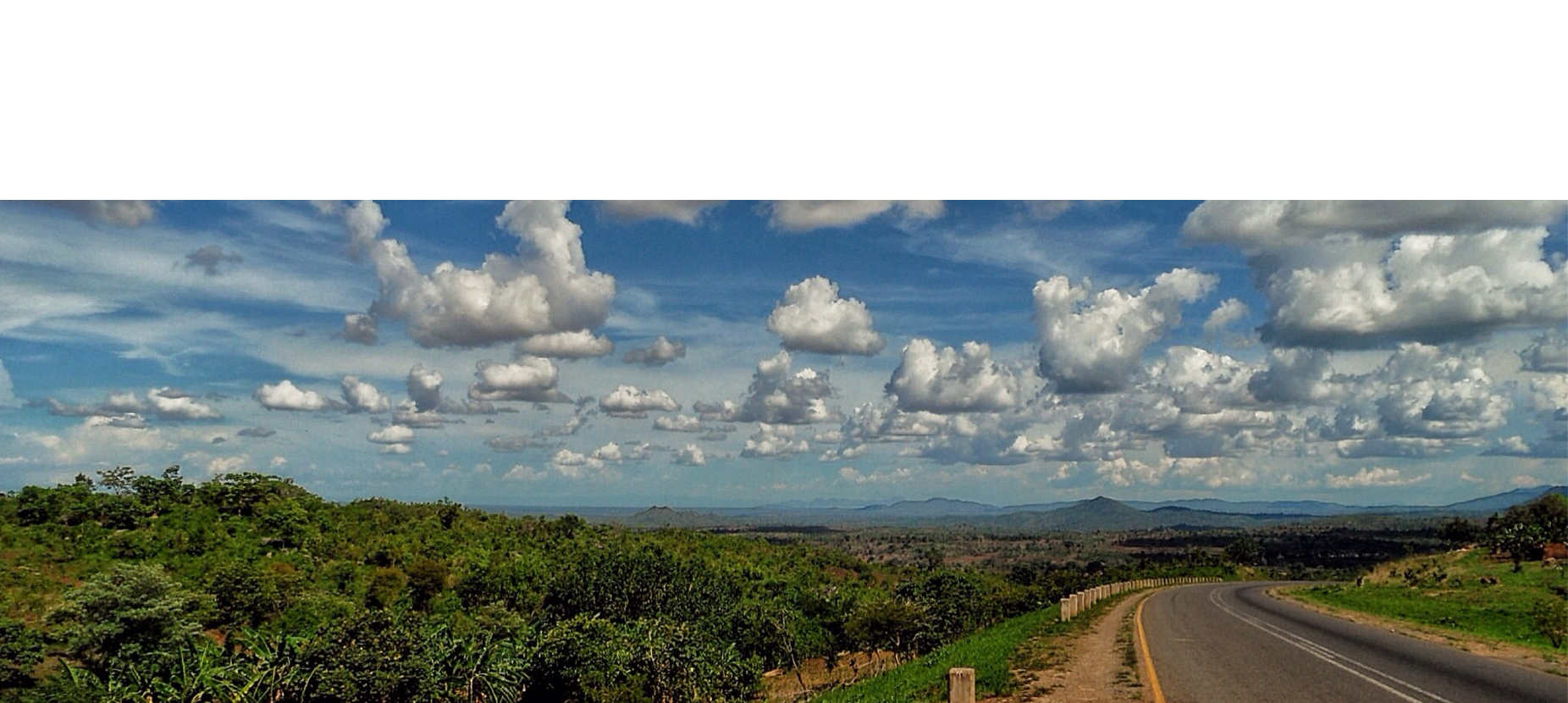
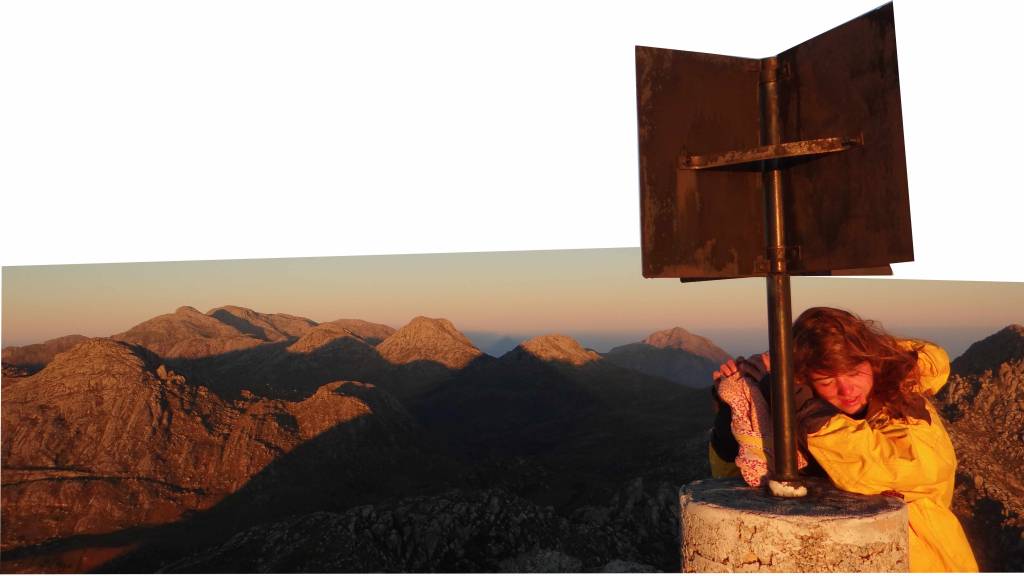
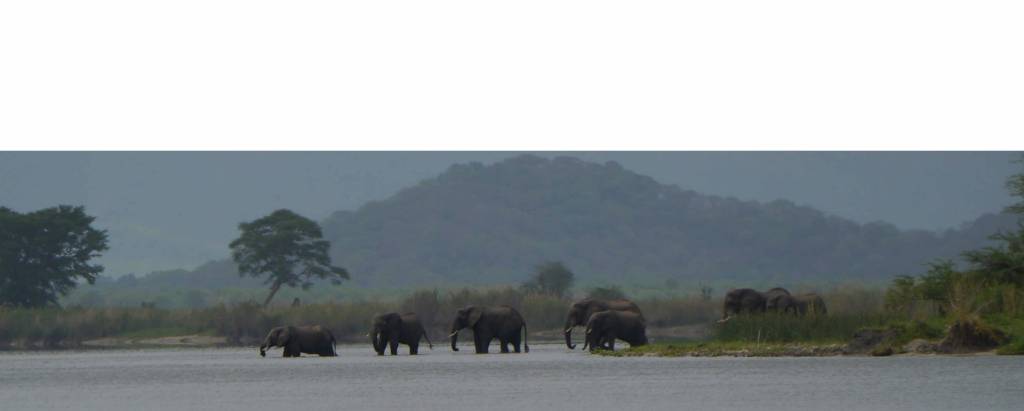
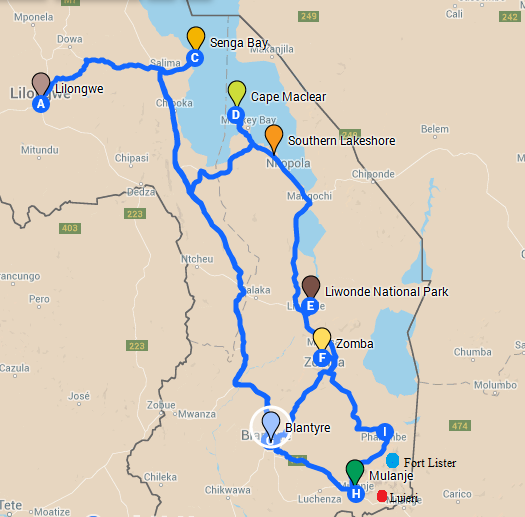 O-Sense
O-Sense